Career Advising Services
Columbia College Career Services offers a variety of employment services to our students and graduates. All learners are encouraged to meet with a career advisor to clarify their career direction or to determine occupations of interest. Career Advisors will initiate discussions around strengths, personal interests and career aspirations. From these conversations, the learner and career advisor will work together to develop a career plan.
Please note: All in-person appointments have been suspended at this time. We are offering services remotely. To book a Microsoft Teams video appointment or telephone, please email careerservices@columbia.ca or call 403-235-9300.

Career Services
Career Services is the first stop for job search support. As a Columbia College graduate, you have access to career readiness support and resources for up to 1 year after graduation. We provide the tools necessary to make meaningful connections with employers and increase your employability skills.
One month after graduating, a Career Advisor follows up with our graduates to inquire about employment and/or further education. Unemployed graduates are offered individualized job readiness supports to assist them secure meaningful employment in their field of study.
Job Search
The Columbia College Career Services team is committed to assisting our learners and graduates develop their job search skills to secure meaningful employment within their field of training. From resume and cover letter critiques, to interview preparation and a wide variety of services in between, we are committed to our student and graduate success. If you require support, please contact us at careerservices@columbia.ca or 403-235-9300.
Please access the Columbia College Job Board as well as our Career Services LinkedIn page to access part-time and full-time job opportunities and information on local career events. Our job board advertises up-to-date career opportunities that can link current students and graduates to their next step.
FAQ's
Career Advisors help students and graduates by providing them with resources and coaching that foster confidence and build the necessary skills required in a successful job search. Where possible, students and graduates will be linked to job openings, hiring events, career fairs, job search bootcamps and/or informational interviews.
Absolutely. Support is available to graduates up to 1 year post graduation.
Due to the increase in COVID-19 numbers, the College is open; however, students, graduates and guests must have an appointment to visit the College.
Students and graduates can schedule an appointment with a career advisor by emailing careerservices@columbia.ca or by calling 403-235-9300.

Resume & Cover Letter Writing Tips
The purpose of a resume is to secure an interview. A targeted resume communicates relevant skills, education and experience to a potential employer. Having a “perfect” resume is unlikely because of the differing opinions on what “the perfect” resume looks like; however, the following is a set of tips to keep in mind as you begin to create your targeted document.
Please remember the importance of customizing your resume for all jobs that you apply for. It is no longer common practice or effective to use one resume for all job applications. By using the job posting to target your resume, you are significantly boosting your chances of getting noticed and securing an interview.
Join us on January 18, 2024 for an exclusive Online Resume Workshop
Unlock the secrets to a standout resume and land your dream job with our exclusive Online Resume Workshop – a live event that puts you in the driver's seat of your career journey! Join us as we dive into the latest industry trends, guiding you on how to craft a targetted resume that not only catches the eye but lands you that coveted interview. Don't miss out on this opportunity to master the art of targeting your resume using real job postings – your ticket to success in the competitive job market awaits!
An organized, uncluttered and easy-to-read resume will help create a positive first impression. Here are some tips:
- No more than 2 pages.
- Keep the section formatting consistent: font style and size, upper or lower case headings, bullets, section spacing etc.
- Protect the white space. Wherever possible, keep the margins between 0.5 – 1 inch and use bullets instead of paragraphs. White space makes a resume easy to read.
- Font should be an average size of 11-12.
- Choose a font that is easy to read. Examples include Arial, Calibri, Cambria, Garamond, Helvetica, Palatino, Tahoma, Times New Roman or Verdana.
- Add months to employment dates ex. November 2019 to June 2020 vs. 2019-2020. The second example is unclear and could mean that you worked anywhere from 1 to 12 months.
Content
- A targeted resume gets noticed. Use the job advertisement and information found on a company’s website to market your transferable (soft) skills.
- Replace ‘Objective’ with ‘Summary of Qualifications’ (SoQ). Objectives are outdated, they’re all about what you want. A SoQ focuses on what the employer is looking for.
- Accomplishment statements make a resume stand out. Today’s employers expect to see skills and results. Wherever possible, include numbers, percentages and transferable skills. List numbers numerically.
- Start each bullet point with an action verb (supervised, directed, developed etc.). Jobs done in the past are described in past tense, present jobs using present tense. For ideas, please review our list of Action Verbs.
- Be honest and accurate about your accomplishments.
- Spelling and grammar mistakes speak to a candidate’s attention to detail. They highlight weakness, rather than focusing on strengths.
- Make your resume skimmable. Use bullet points and short sentences rather than paragraphs.
- Always tell the truth.
In general, references are separate from the resume and taken to the interview with the applicant. The exception to this rule occurs if the job posting asks for the resume and references to be submitted as one document. The reference document should have the same look as the cover letter and resume. For example, the font, spacing, setup of the contact information etc. should all be identical.
To create your reference list:
- Think of 3 strong professional references. It is recommended that personal references be avoided whenever possible.
- Contact these references to ask for their permission to use their name and their contact information.
- Ask if they will provide a positive reference about you, your skills and abilities.
- Share information about the jobs you are applying to.
There are an increasing number of large and medium sized companies using Applicant Tracking Systems (ATS). An ATS is a tracking software that sorts and screens resumes. It saves recruiters valuable time by quickly screening out unqualified resumes and highlighting top candidates.
Approximately 75% of applications are screened out by an ATS. To help increase your chances of getting through an ATS system, follow these tips:
- Avoid using resume templates and fancy formatting. Although your resume will look nice, most ATS software cannot read resume templates, graphics, shading, columns, tables, or headers.
- Carefully review job advertisements for key words and include them in your resume.
- Use ATS “friendly” section headings. Make your resume easily parable by using common headings ex. Work Experience vs. Professional Experience and Education vs. Education and Training
- If you anticipate or know that a company is using an ATS, consider uploading your resume in a Word or Plain text format.
Consider using jobscan.co. Jobscan is a web tool that analyzes how well a resume is tailored to a specific job posting. The goal is an 80%+ match. Simply paste your resume and the job description in the boxes provided. Jobscan scans the information and tells the you how well your resume matches the job advertisement. Suggestions on ways to increase match rate to the job posting are also offered on the site.
Cover Letter Writing Tips
The purpose of a cover letter is to introduce yourself and your resume to the hiring manager/panel. A strong cover letter shows your interest in the organization and the advertised position that you have applied for, draws attention to your resume and motivates the reader to schedule an interview.
Opening Paragraph: Answers the question, “why are you writing?” “Why do you want to work for this organization?” Reference the company’s values, mission statement, and/or community involvement to help demonstrate your interest.
Paragraph 2: Tells the reader, “the skills that you have to offer.” These are the skills that you have that match the job posting.
Closing Paragraph: Discuss next steps.
Things to Consider
- Keep your cover letter short, simple and precise (no more than one page).
- Address a specific person; avoid using, “To whom it may concern”. Please note, you may need to research the company to find this information or contact them directly.
- The correct spelling of the hiring manager’s name and job title are VERY important.
- Write formally, however avoid using language that doesn’t sound like you.
- Limit the number of “I” statements. Hiring managers are looking for the best person for the role, they are not interested in why this job would benefit you.
- Be compelling; avoid repeating information that can be found in your resume. Originality and showing interest in the job you are applying for are key.
- Match the skills described in your cover letter to the skills found in the job posting.
Job Search Tips
The best way to start your job search is by talking to the people around you. Let them know that you are looking for work. Ask if they can help you access the hidden job market. When you are searching for work, remember to:
- Get away from the computer. Limit your online job search to 1-2 hours per day. Did you know that there’s only a 7% success rate in response to online job postings?
- Use different job search methods. Examples include networking, informational interviews, volunteering, attending career fairs and professional association activities, cold calling etc.
- Make a list of companies to target and record their reponses.
- Sort job postings by date, not relevance.
- Search EVERY DAY.
Helpful Article: 9 Tips for Searching for a Job During COVID-19
During your job search, we strongly encourage an openness to different opportunities. Gone are the days where the majority of jobs available are full-time, Monday to Friday, 9 A.M to 5 P.M with benefits and 3 weeks vacation to start. Gig Economy and Independent Workers are a growing Canadian trend.
For more information on the Gig Economy and Independent Workers, please visit here.
Interview Tips
According to Sheila Musgrove from TAG Recruitment Group (2016), 99% of the hiring managers you meet WANT to find every reason to hire you. You just have to help them to be right. However, the worst thing any job candidate can do is walk into an interview unprepared.
Preparation
- Have a strong understanding of the position you have applied to.
- Know your career history and the skills that you have that the employer is looking for. You will find this information in the job posting.
- Plan what you are going to say. Practice answering interview questions.
- Anticipate employer concerns. What can you say to remove these potential barriers?
- Research the organization. Be familiar with the company’s mission, vision, and values. Are there similarities that relate to you?
Before The Interview
- Research where the interview is being held. Give yourself time to get there.
- Know the name and contact information of the person who is interviewing you in case something happens (i.e. your car breaks down and you are going to be late).
- Plan what you are going to wear. Research the company and find out how their employees dress. Avoid wearing any product that has a scent.
- Arrive 10 minutes early.
- Take a few minutes to breathe deeply, relax and focus.
- Bring extra copies of your resume and a separate piece of paper with your references and 3-5 questions that you would like to ask the interviewer(s).
Behaviour Based Interview Questions
What Are They?
The premise behind behavioral interviewing is that the most accurate predictor of future performance is past performance. Employers use the behavioral interview technique to evaluate a candidate’s experiences and behaviors so that they can determine the potential for success.
When answering behavioural questions, the STAR approach is recommended. This technique will help keep answers focused and on track while providing concrete examples of the experience and skills that you possess. STAR stands for:
Situation
Task
Action
Result
Behavioural questions typically start with, “Tell me about a time…, Give an example of a time when …, Describe a time when ….”
The STAR approach is all about storytelling. The interviewer(s) is asking you to tell a story about your past and the results that you have achieved.
Situation – Describe the situation and/or the problem faced OR
Task – Explain the task you were asked to do and the challenges involved
Action – Describe the actions taken
Result – Explain what happened as a result of your efforts
Please note: it is perfectly acceptable to share an experience that did not go as planned; however, you would not end your story on a negative. Add what you learned from the experience and what you would do differently in the future should you find yourself in a similar situation.
The Calgary Board of Education recommends that interviewees answer behavioural interview questions using the SHARE approach. As you will notice, this technique is very similar to STAR.
Situation – Describe the situation you were faced with
Hindrances – Explain the difficulty or hindrance to getting the problem solved
Action – Describe the action took to deal with the problem
Result – Summarize the result that came with your actions
Evaluate – Evaluate what you did and what you could have done better
How Can I Prepare for a Behavioral Interview?
- PRACTICE, PRACTICE, PRACTICE. Your answers may never be perfect, but continuous improvement will eventually win out.
- Think of examples where you demonstrated each skill found in the job posting.
- Anticipate interview questions based on these skills.
- Practice answering these questions using the STAR or SHARE technique. Keep your answers focused to one specific example.
- Be positive. Find ways to turn negative results into positives. What did you learn from the experience?
Sample Behavioral Interview Questions
- Tell us about a time when you had a conflict with a co-worker. What happened and how was it resolved?
- Give an example of a time when you disagreed with a decision made by your manger?
- Describe a time when you reached a goal and how you achieved it.
- Tell us about a time when you were stressed at work. How did you handle it?
- Describe a time when you worked effectively under pressure.
Tips for After the Interview
When the job interview is over, take a few minutes to:
- Write down the interview questions that you were asked. Spend some time reflecting on the questions. Which ones were easy for you to answer and which once were difficult? Focus on building strong answers to the difficult questions for your next interview.
- Within 24 hours, write a short thank you note. Most people do this via email but if it feels right, it can also be done through the mail. Whatever the method, the thank you should include:
- Thanking the interviewers for their time.
- Add any additional information that you may have missed or forgotten to mention during your interview.
- Briefly remind the interviewer(s) why you are the right person for the job. This is an opportunity to reiterate your top skills related to the position.
- Say that you enjoyed the interview, learning about the company and are looking forward to hearing from them.
According to Robert Half (a Canadian recruitment agency), over 40% of Canadian managers said that they take post-interview thank-you notes into account when deciding who to hire. But only 28% of candidates that they have interviewed send [thank you’s]. Taking a little extra time to send a thank you, may help you land the job

